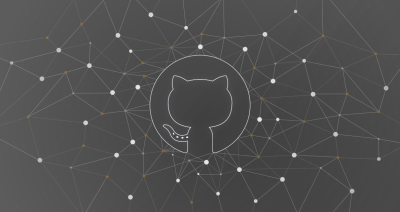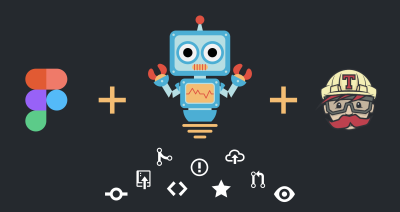
Behind the scenes of GitHub Token Scanning
We’ve extended GitHub Token Scanning to include tokens from cloud service providers and additional credentials.
Over the course of a year, GitHub’s engineers make millions of commits across all of our internal repositories, process billions of API requests, and run tens of thousands of deployments across the internal apps that power GitHub’s services. We use many of GitHub’s products and plenty of other open source tools to operate at this scale. Here’s an inside look into how we do it.

We’ve extended GitHub Token Scanning to include tokens from cloud service providers and additional credentials.

Learn how we use machine learning to power and build on security alerts and make GitHub more secure.

On August 15th GitHub celebrated a major milestone: our main application is now running on the latest version of Rails: 5.2.1! 🎉 In total the project took a year and…

We have recently completed a milestone where we were able to drop jQuery as a dependency of the frontend code for GitHub.com. This marks the end of a gradual, years-long…

At GitHub, we serve tens of thousands of requests every second out of our network edge, operating on GitHub’s metal cloud. We’ve previously introduced GLB, our scalable load balancing solution…

GitHub uses MySQL as its main datastore for all things non-git, and its availability is critical to GitHub’s operation. The site itself, GitHub’s API, authentication and more, all require database…

How we use Figma files to keep the Octicons icon library up to date

At GitHub, we use MySQL as the main database technology backing our services. We run classic MySQL master-replica setups, where writes go to the master, and replicas replay master’s changes asynchronously. To be able to serve our traffic we read data from the MySQL replicas.

GitHub’s Spokes system stores multiple distributed copies of Git repositories. This article discusses how we got Spokes replication to span widely separated datacenters. Background: Spokes GitHub developed a system called…

GitHub is at a scale that provides exposure to interesting aspects of running a major site and are working to mature and level-up many parts of our infrastructure as we…

Over the past 18 months we’ve made a significant investment in GitHub’s physical infrastructure. The goal of this work is to improve the redundancy and global availability of our system.…

Over the last year, GitHub has gradually evolved the infrastructure that runs the Ruby on Rails application responsible for github.com and api.github.com. We reached a big milestone recently: all web…

We recently launched Topics, a new feature that lets you tag your repositories with descriptive words or phrases, making it easy to discover projects and explore GitHub.com. Topic suggestions on…

In an effort to increase the adoption of FIDO U2F second factor authentication, we’re releasing Soft U2F: a software-based U2F authenticator for macOS. We’ve long been interested in promoting better…

Our MySQL infrastructure is a critical component to GitHub. MySQL serves GitHub.com, GitHub’s API, authentication and more. Every git request touches MySQL in some way. We are tasked with keeping…
Build what’s next on GitHub, the place for anyone from anywhere to build anything.